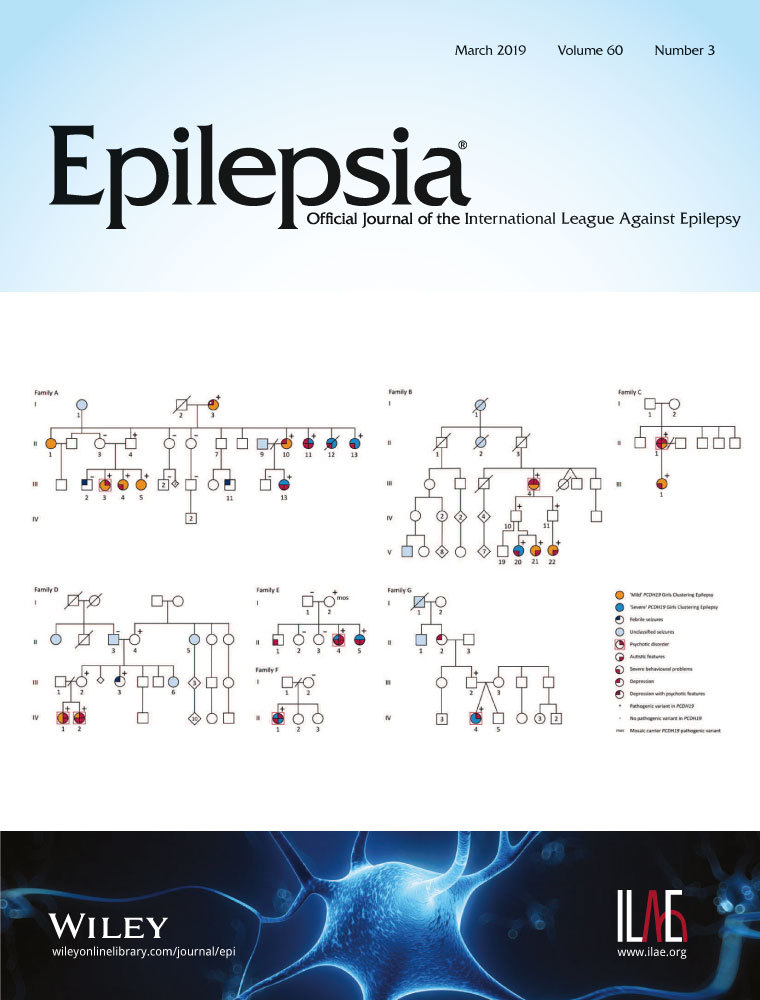Ventilatory response to CO2 in patients with epilepsy
Funding information
This study was supported by the National Institute of Neurologic Disorders and Stroke: U01 NS090414 (Center for SUDEP Research), Citizens United for Research in Epilepsy (CURE)—SUDEP award, and National Institute of Health CTSA program grant U54TR001356. The SenTec Digital Monitoring System was provided by the company. The company was not involved in the design, execution, analysis, or reporting of this study.
Summary
Objective
Severe periictal respiratory depression is thought to be linked to risk of sudden unexpected death in epilepsy (SUDEP) but its determinants are largely unknown. Interindividual differences in the interictal ventilatory response to CO2 (hypercapnic ventilatory response [HCVR] or central respiratory CO2 chemosensitivity) may identify patients who are at increased risk for severe periictal hypoventilation. HCVR has not been studied previously in patients with epilepsy; therefore we evaluated a method to measure it at bedside in an epilepsy monitoring unit (EMU) and examined its relationship to postictal hypercapnia following generalized convulsive seizures (GCSs).
Methods
Interictal HCVR was measured by a respiratory gas analyzer using a modified rebreathing technique. Minute ventilation (VE), tidal volume, respiratory rate, end tidal (ET) CO2 and O2 were recorded continuously. Dyspnea during the test was assessed using a validated scale. The HCVR slope (ΔVE/ΔETCO2) for each subject was determined by linear regression. During the video–electroencephalography (EEG) study, subjects underwent continuous respiratory monitoring, including measurement of chest and abdominal movement, oronasal airflow, transcutaneous (tc) CO2, and capillary oxygen saturation (SPO2).
Results
Sixty-eight subjects completed HCVR testing in 151 ± (standard deviation) 58 seconds, without any serious adverse events. HCVR slope ranged from −0.94 to 5.39 (median 1.71) L/min/mm Hg. HCVR slope correlated with the degree of unpleasantness and intensity of dyspnea and was inversely related to baseline ETCO2. Both the duration and magnitude of postictal tcCO2 rise following GCSs were inversely correlated with HCVR slope.
Significance
Measurement of the HCVR is well tolerated and can be performed rapidly and safely at the bedside in the EMU. A subset of individuals has a very low sensitivity to CO2, and this group is more likely to have a prolonged increase in postictal CO2 after GCS. Low interictal HCVR may increase the risk of severe respiratory depression and SUDEP after GCS and warrants further study.
DISCLOSURE OF CONFLICTS OF INTEREST
R.K. Sainju, D.N. Dragon, H.B. Winnike, M.B. Nashelsky, M.A. Granner, G.B. Richerson, and B.K. Gehlbach report no disclosures relevant to the manuscript. We confirm that we have read the Journal's position on issues involved in ethical publication and affirm that this report is consistent with those guidelines.




